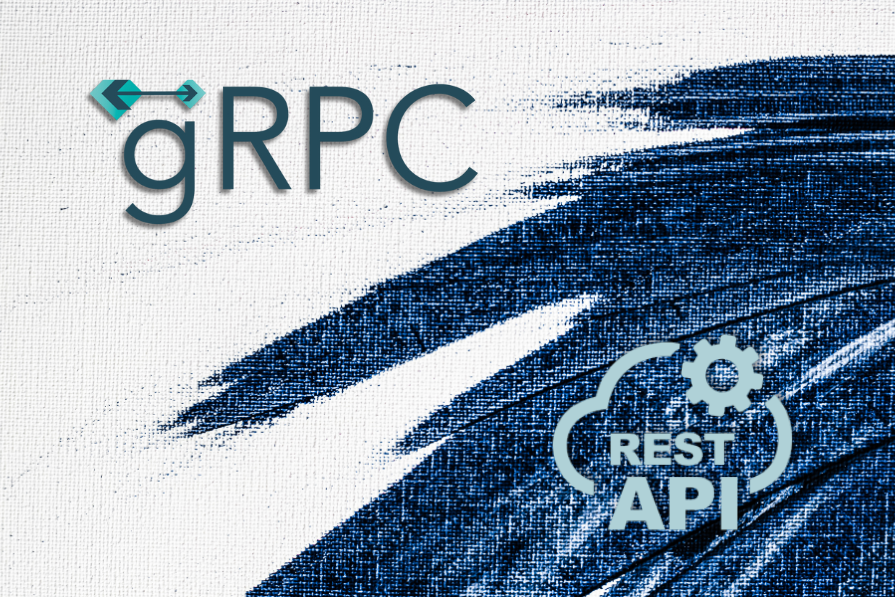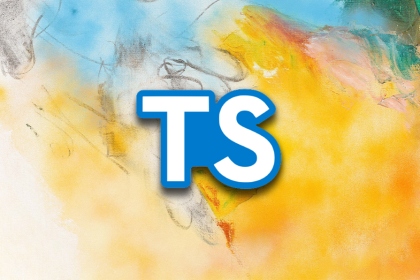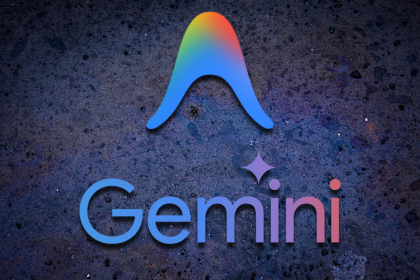
Modern software development hinges on building applications where clients and servers communicate efficiently. Two standout approaches for building APIs are gRPC and REST. While REST has been the go-to standard for years, gRPC has emerged as serious competition for many use cases.

Let’s compare these technologies in terms of protocol, performance characteristics, and key decision factors to help you make the right choice for your project.
The Replay is a weekly newsletter for dev and engineering leaders.
Delivered once a week, it's your curated guide to the most important conversations around frontend dev, emerging AI tools, and the state of modern software.
We’ll dive deep into both approaches, but if you’re looking for a quick answer:
Now, let’s explore the gRPC vs. REST comparison in detail.
REST is an architectural style that handles resource manipulation using HTTP methods (GET, POST, PUT, DELETE). It typically encodes data using JSON or XML.
GET /api/users/123 HTTP/1.1 Host: example.com Accept: application/json
{
"id": 123,
"name": "John Smith",
"email": "[email protected]",
"created_at": "2025-01-15T08:30:00Z"
}
gRPC is Google’s high-performance RPC framework. It uses HTTP/2 as its transport protocol and Protocol Buffers (protobuf) for serialization.
syntax = "proto3";
service UserService {
rpc GetUser(GetUserRequest) returns (User) {}
rpc ListUsers(ListUsersRequest) returns (stream User) {}
rpc UpdateUser(UpdateUserRequest) returns (User) {}
}
message GetUserRequest {
int32 user_id = 1;
}
message User {
int32 id = 1;
string name = 2;
string email = 3;
string created_at = 4;
}
message ListUsersRequest {
int32 page_size = 1;
string page_token = 2;
}
message UpdateUserRequest {
User user = 1;
}
One of gRPC’s most significant technical advantages is its use of HTTP/2 as a transport protocol. Understanding the technical details of HTTP/2 helps explain why gRPC offers substantial performance benefits.
HTTP/2 introduces a binary framing layer that fundamentally changes how clients and servers exchange data, unlike HTTP/1.1’s text-based protocol.
One of HTTP/2’s biggest features is true multiplexing, which allows multiple request and response messages to travel simultaneously over the same TCP connection.
In REST over HTTP/1.1, browsers create six to eight TCP connections to achieve pseudo-parallelism, which can’t match HTTP/2’s multiplexing optimization.
HTTP/2 uses HPACK, a specialized compression algorithm designed specifically for HTTP headers. This means it:
HPACK can reduce header size by 80-90%, which is especially beneficial for use cases with many small requests or mobile clients operating in limited-bandwidth conditions.
HTTP/2 allows clients to specify dependencies between streams and assign weights to them.
| REST | gRPC |
|---|---|
| Uses text-based formats (JSON/XML) | Uses binary Protocol Buffers |
| Larger payload sizes due to text encoding | Typically 30-40% smaller payloads compared to JSON |
| Human-readable but less efficient | Faster serialization/deserialization |
| Serialization/deserialization can be CPU-intensive for large payloads | Reduced network bandwidth usage |
| REST | gRPC |
|---|---|
| Primarily uses HTTP/1.1 (though HTTP/2 is possible) | Built on HTTP/2 |
| One request-response cycle per TCP connection | Multiplexing multiple requests over a single connection |
| Higher latency with multiple requests | Bidirectional streaming reduces latency |
| Limited connection reuse | Persistent connections improve performance |
| Header compression is possible in REST APIs, primarily through the use of HTTP/2’s header compression techniques. | Header compression reduces overhead |
In typical scenarios, gRPC outperforms REST in several metrics:
Example REST-based system:

Example gRPC-based system:

const express = require('express');
const app = express();
app.use(express.json());
// User data store
const users = {
123: { id: 123, name: "John Smith", email: "[email protected]", created_at: "2025-01-15T08:30:00Z" }
};
// GET endpoint to fetch a user
app.get('/api/users/:id', (req, res) => {
const userId = parseInt(req.params.id);
const user = users[userId];
if (!user) {
return res.status(404).json({ error: "User not found" });
}
return res.json(user);
});
// POST endpoint to create a user
app.post('/api/users', (req, res) => {
const newUser = req.body;
const id = Object.keys(users).length + 1;
users[id] = {
id,
...newUser,
created_at: new Date().toISOString()
};
return res.status(201).json(users[id]);
});
app.listen(3000, () => {
console.log('REST API server running on port 3000');
});
// user.proto file already defined as shown earlier
const grpc = require('@grpc/grpc-js');
const protoLoader = require('@grpc/proto-loader');
// Load protobuf
const packageDefinition = protoLoader.loadSync('user.proto', {
keepCase: true,
longs: String,
enums: String,
defaults: true,
oneofs: true
});
const userProto = grpc.loadPackageDefinition(packageDefinition);
// User data store
const users = {
123: { id: 123, name: "John Smith", email: "[email protected]", created_at: "2025-01-15T08:30:00Z" }
};
// Implement the service
const server = new grpc.Server();
server.addService(userProto.UserService.service, {
getUser: (call, callback) => {
const userId = call.request.user_id;
const user = users[userId];
if (!user) {
return callback({ code: grpc.status.NOT_FOUND, message: 'User not found' });
}
callback(null, user);
},
listUsers: (call) => {
// Implement streaming response
Object.values(users).forEach(user => {
call.write(user);
});
call.end();
},
updateUser: (call, callback) => {
const updatedUser = call.request.user;
if (!users[updatedUser.id]) {
return callback({ code: grpc.status.NOT_FOUND, message: 'User not found' });
}
users[updatedUser.id] = {
...users[updatedUser.id],
...updatedUser
};
callback(null, users[updatedUser.id]);
}
});
server.bindAsync('0.0.0.0:50051', grpc.ServerCredentials.createInsecure(), () => {
console.log('gRPC server running on port 50051');
server.start();
});
Here are key factors to consider for your project:

A hybrid approach works best for many systems:
Both API patterns have their place in modern software architecture.
REST, with its simplicity and broad compatibility, remains the go-to choice for public APIs and browser-based applications.
gRPC shines in performance-sensitive environments, microservices communication, and cases where strong typing and code generation are essential.
Happy API building!

This tutorial walks through recreating Apple’s Liquid Glass UI on the web using SVG filters, CSS, and React. You’ll learn how to build refraction and reflection effects with custom displacement and specular maps, and how to balance performance and accessibility when using advanced filter pipelines.

tRPC solved type safety for full-stack TypeScript teams. oRPC borrowed the best parts and added interoperability. This article breaks down how both frameworks work and where each one fits best.

Check out Google’s latest AI releases, Gemini and the Antigravity AI IDE. Understand what’s new, how they work, and how they can reshape your development workflow.

Learn about Bun 1.3, which marks a shift from fast runtime to full JS toolchain—and see the impact of Anthropic’s acquisition of Bun.
Would you be interested in joining LogRocket's developer community?
Join LogRocket’s Content Advisory Board. You’ll help inform the type of content we create and get access to exclusive meetups, social accreditation, and swag.
Sign up now